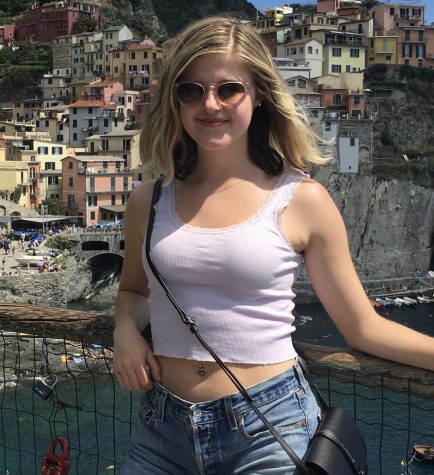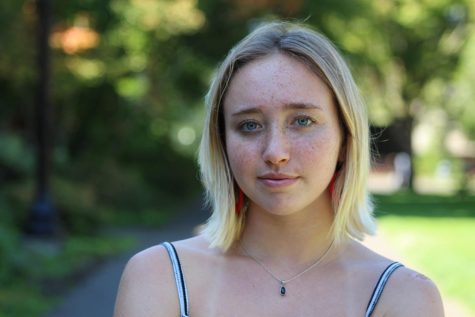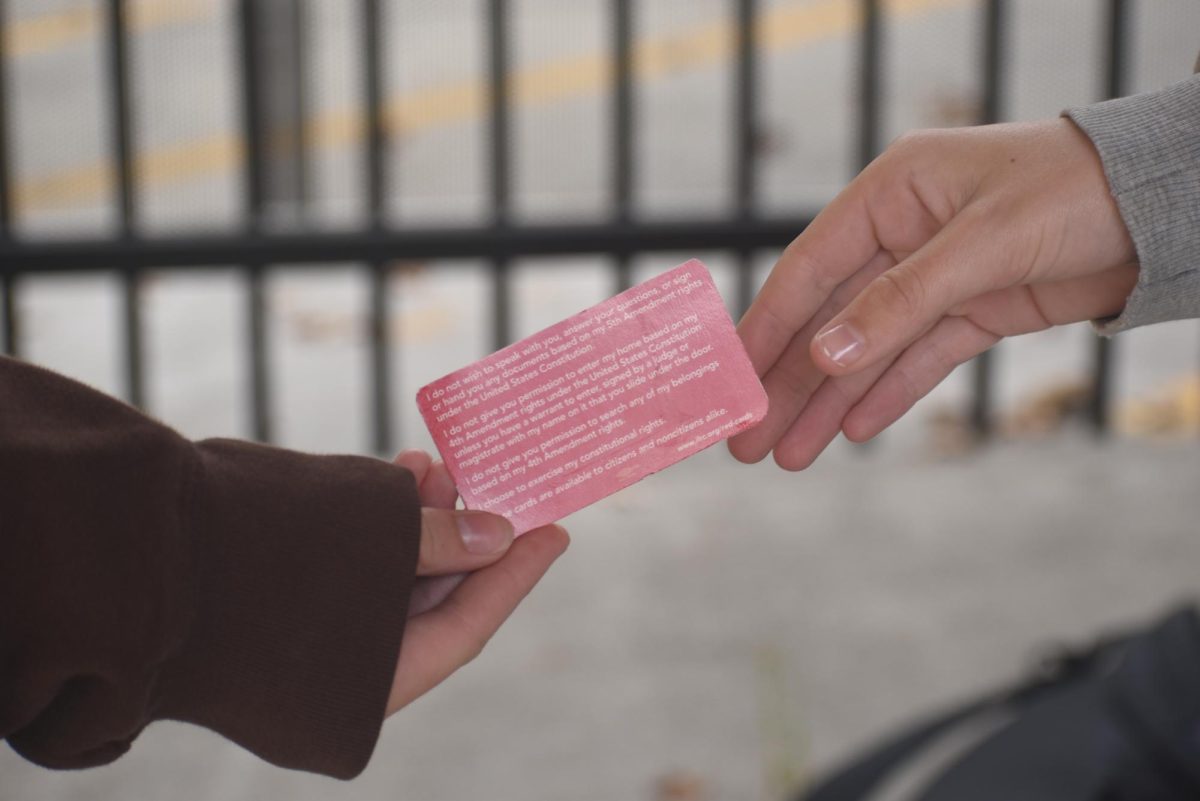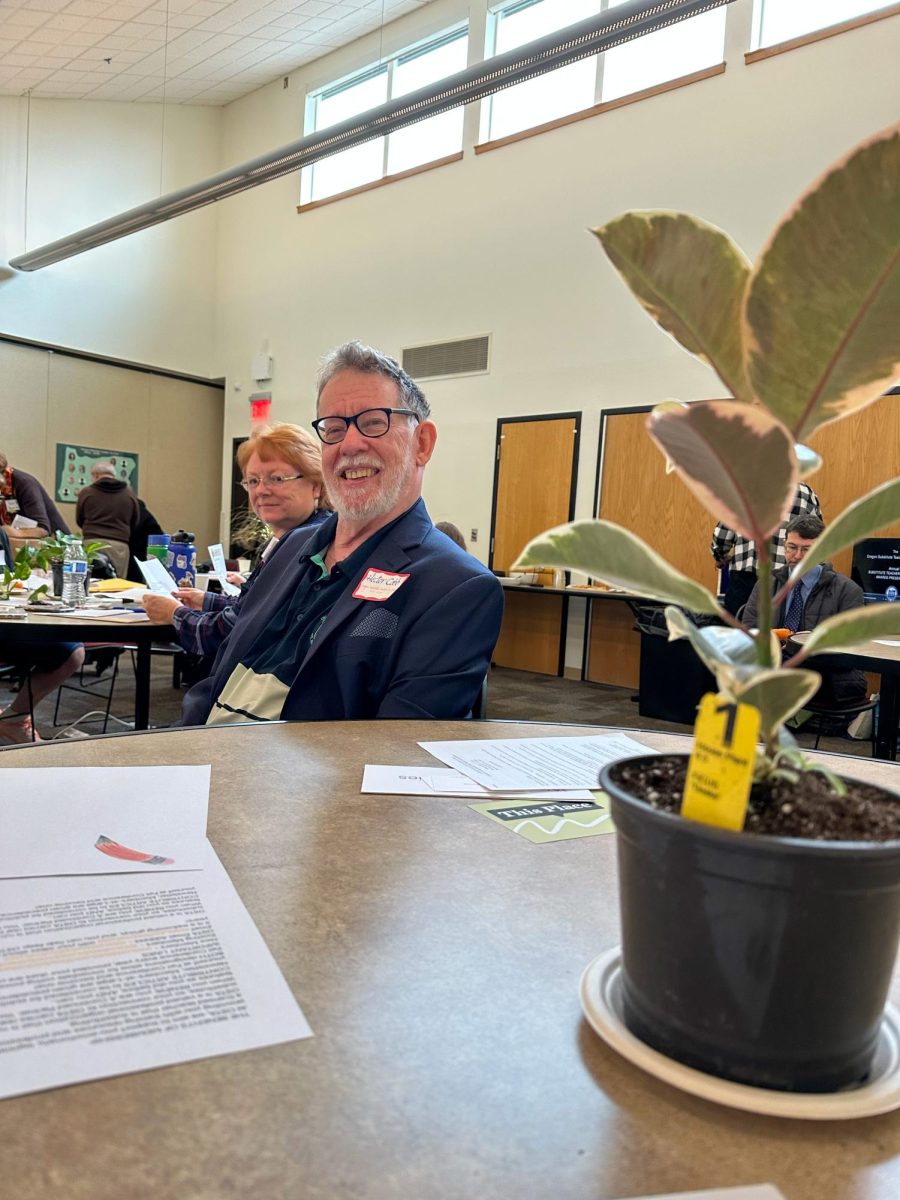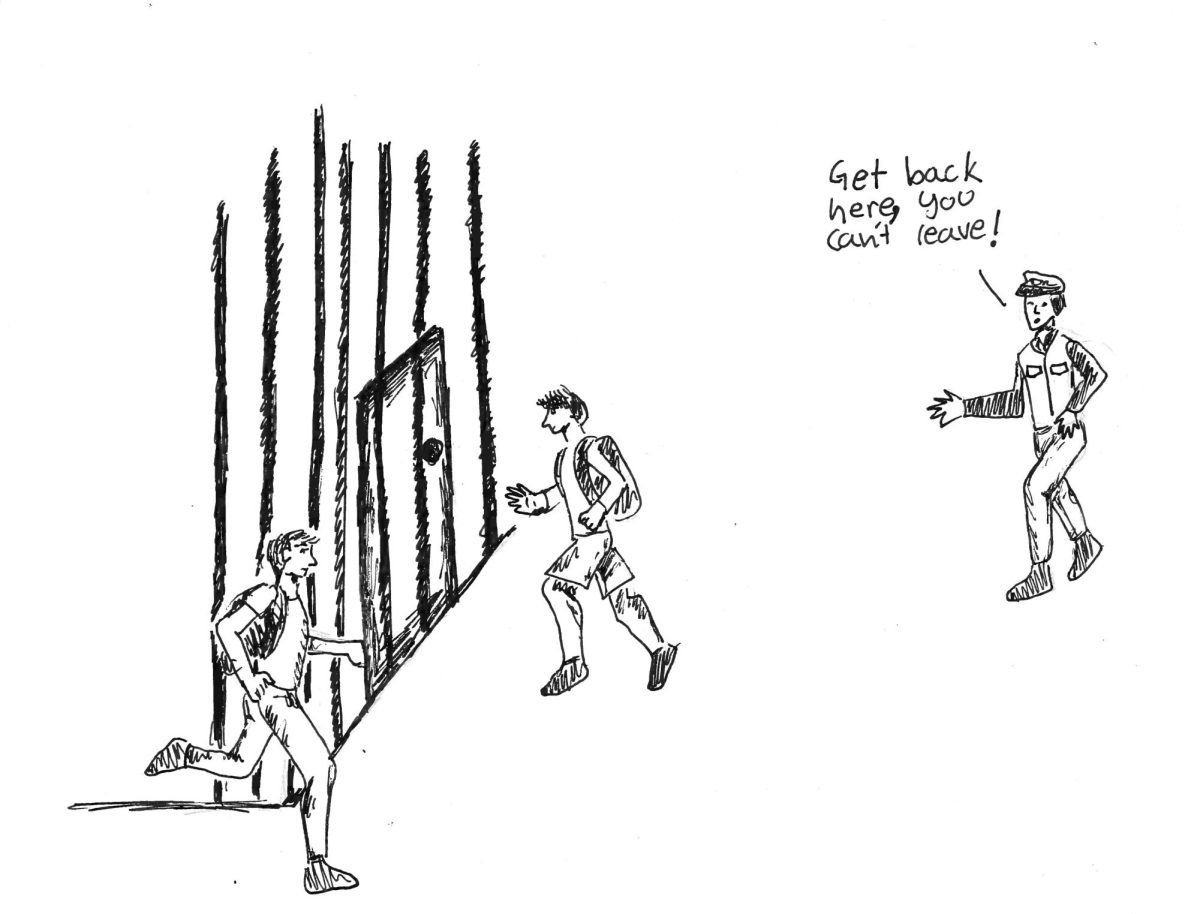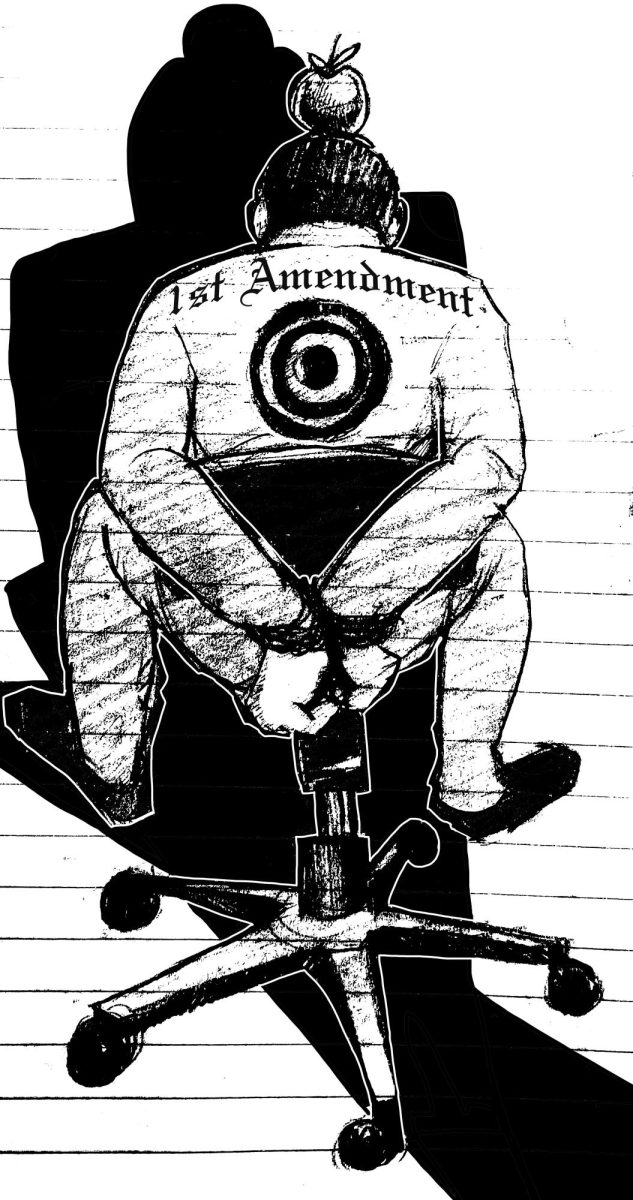Field Frustrations at Cleveland
October 31, 2018
Over the summer, Cleveland’s field was re-turfed in order to make it safer for athletes. However, the project has caused major delays for fall sports teams, leading to confusion, longer commutes to makeshift fields, and cancelled practices and games.
Student athletes were expecting a new field towards the beginning of the summer to kickoff the 2018 fall season. Fall sports teams typically use the field throughout the summer for conditioning, tryouts, and practices. When athletes and coaches realized that they would not be able to start the season on their home turf, they scrambled to find other areas to practice and play. Players from both soccer and football agree that the delays and playing on other fields was detrimental to the start of their seasons, and affected their team’s performance.
“It was really inconvenient because none of the coaches knew when construction was going to be done, so we kept having to find new places to practice, which ended up being Marshall, Lents Park, and Woodstock Park, which are all a farther commute than the Cleveland field would have been,” sophomore JV soccer player Noah Miller said. “I think that combined with the poor air quality led to lots of practice cancellations, so we couldn’t practice much together before the season started.”
Boys soccer also had their first two home games relocated because of field delays, which caused a lot of frustration among players.
“It was unfortunate to miss two home games, two of which being an opener and against two of the best teams in the state,” senior varsity soccer player Alex Weiler explained. “It was unfortunate to see that the field couldn’t get done on time. It absolutely made a difference, not to be able to play on your home field to play two of the top teams is a huge difference, especially on our pitch where we know we get tons of support.”
The field space problem was magnified by the loss of Powell Park as well, an additional home field of Cleveland’s. The city of Portland renovated the infield of the baseball diamond at the park, and installed sprinklers to water the new grass. The sprinklers went off four times a day, making the field practically unusable, said Athletic Director Nathan Stanley.
Varsity football player Max Gillen described football’s experience with the relocations and not always being able to practice on a marked field throughout the summer. “Summer is where you get a lot of your work in for the season, because football’s not really a sport that you can kind of just throw it together,” the senior said. “There’s plays you have to get in, and people have to know their jobs, and field markings is a really huge part of that because you have to know exactly where on the field and how many yards you have to run to do something.”
Even though fall sports teams had to improvise in regards to finding field space over the summer and the first two weeks of the school year, Stanley emphasized the necessity of the project, highlighting safety and drainage improvements that were made.
“The typical life of an artificial turf field is about 10 years. We were nearing the end of the useful life of that field. We were also the only field in the city that didn’t have a shock pad, so that was an upgrade from what we had and had been using. The installation of the drains, which was another thing that went on this summer, [was] to provide drainage on the track so we don’t have a lake in the south side of the track,” Stanley said.
Stanley said the old turf field was reaching an unsafe G-shock rating, which measures the shock absorption level of a given field. A safe G-shock is crucial for athlete safety and injury prevention.
The removal of the old turf and the grading of the rubber material was all done by July, according to Stanley. After it was prepared for installation, the field sat idle for well over a month as the contractors leased by Portland Public Schools struggled to find a licensed team to install the new turf. Shortages of licensed workers have caused delays at many other schools in Oregon, such as West Linn, Wilsonville, and Hood River.
“[The delays] are not unique to Cleveland, but I think it is more acutely felt because we have such limited facilities and we are so dependent on public parks,” said Stanley.
Stanley agrees that the setbacks with the field project are unfortunate, but believes that the resourcefulness of everyone involved is a testament to the dedication of Cleveland athletes and coaches.
“We’ve practiced at Lents Park, at Marshall campus, Benson, Westmoreland, Sellwood, Woodstock Park, Powell Park. That has got to be a record of some sort. It’s not a good record, it’s not something to be proud of, but it’s a good reflection of how we’ve been able to pull it off by the resilience of our coaches and athletes,” Stanley said.



